HEALTH WATCH: Closer look at elbow injuries in young pitchers
BaseballCalHiSports InsightsHigh School Baseball/Softball November 15, 2012 SportStars 0
With the baseball postseason coming to end, it’s perhaps no better time to talk about elbow injuries in our young athletes who play baseball, particularly pitchers.
There has been increasing talk about elbow injuries, particularly after the Washington Nationals decided to shut down Stephen Strasburg for the season after he underwent successful ulnar collateral ligament surgery. The elbow is quite injury-prone as it experiences a tremendous amount of repetitive force during pitching. As a result, even the smallest biomechanical flaws performed repetitively can lead to significant elbow injury.
In patients under the age of 18, there are generally three types of serious elbow injuries seen; all of which find their roots in over-use and poor mechanics: 1) medial epicondyle apophysitis (a.k.a. Little League elbow), 2) capitellar osteochondral lesions (a.k.a. OCD’s), and 3) ulnar collateral ligament tears (a.k.a. Tommy John injury).
Medial epicondyle apophysitis is a condition in which inflammation develops on the inside of the elbow in the space between the apophysis (an outgrowth of bone where muscles attach) and the humerus (the long bone of the arm). When you near adulthood, this space closes and the apophysis “fuses” with the rest of the elbow.
Unfortunately, when you are young (particularly between 10-13 years of age), the muscles which are used in pitching pull on the apophysis and can cause micro-separation of this bone from the rest of the humerus. This leads to pain, and in severe cases, complete fractures of the inside of the elbow.
As this injury is almost always due to poor pitching motion or throwing too many and/or the wrong kind of pitches (i.e. breaking balls) at a young age, this injury can be avoided. Treatment generally consists of six weeks of physical therapy with absolutely no throwing followed by six weeks of a graduated return to throw program.
The second injury commonly seen is a capitellar osteochondral (OCD) lesion. An osteochondral lesion is a when a piece of cartilage and underlying bone becomes weakened, and can even become detached. The capitellum is the outside part of the humerus bone. Patients generally present with pain over the outside of their elbow with throwing. Patients may also complain that they feel as if there elbow is locking or stuck.
This OCD injury generally occurs with repetitive compression of the outside of the elbow joint when the forearm moves away from the body with the elbow fixed. If left untreated, this can lead to the end of one’s throwing career and severe arthritis. If a patient is quite young with a tremendous amount of growth remaining (i.e. 8-10 years of age), these injuries can be at many times treated with rest, physical therapy, and cessation from throwing. If the disease has advanced significantly, surgical intervention may be necessary to fix the piece back to bone or utilize certain techniques to stimulate the piece to heal so it does not become detached.
The final injury involves tearing of the ulnar collateral ligament. This typically occurs in older patients at the end of their high school/early college careers (in addition to major league pitchers). As with capitellar OCD’s, it develops due to repeated valgus force on the elbow from poor mechanics as well as having thrown a high number of pitches without appropriate rest. A tear in the ulnar collateral ligament in the elbow can be career threatening for the pitcher as it acts as the primary stabilizer of the elbow (it prevents the bones in the elbow from moving beyond what they are intended to do).
The majority of injuries to the ulnar collateral ligament have to be repaired surgically. The ligament is reconstructed with a piece of tissue from another part of the body (i.e. Tommy John surgery). The rehab can be a long and arduous process for a pitcher. Even though surgical techniques have improved, it can also represent a career threatening injury.
The key to preventing elbow injuries in our young athletes is to learn proper mechanics, take the appropriate rest, and remember that more pitches is definitely not always better.
Dr. Nirav K. Pandya is a pediatric orthopedic surgeon specializing in pediatric sports injuries at the Children’s Hospital in Oakland. He sees patients and operates in Oakland and our facility at Walnut Creek. If you have any questions or comments regarding the “Health Watch” column, write the Sports Medicine for Young Athletes staff at [email protected].
SportStars
SportStars Magazine: High School Sports Articles Online SportStars is your go-to source for the very best high school sports articles in California. Player and team profiles, game coverage, health and fitness tips and the largest Camps, Clinics & Combine resource for athletes. We're the story behind the stats.



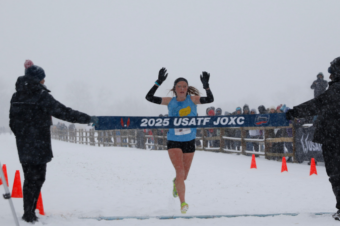
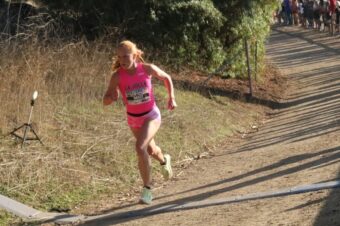
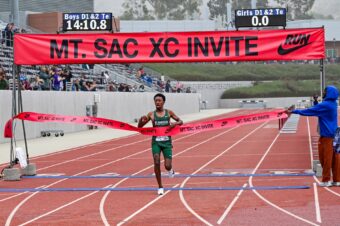

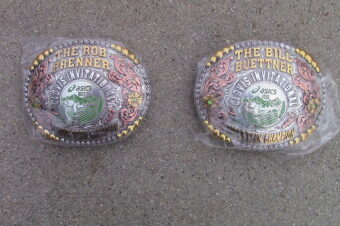
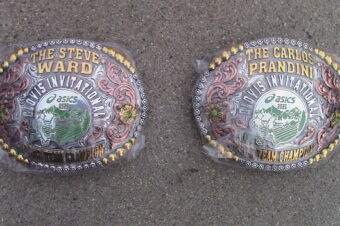
No comments so far.
Be first to leave comment below.